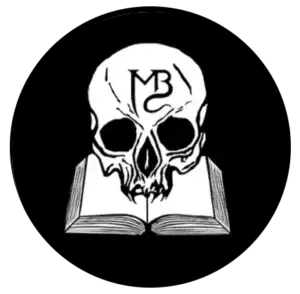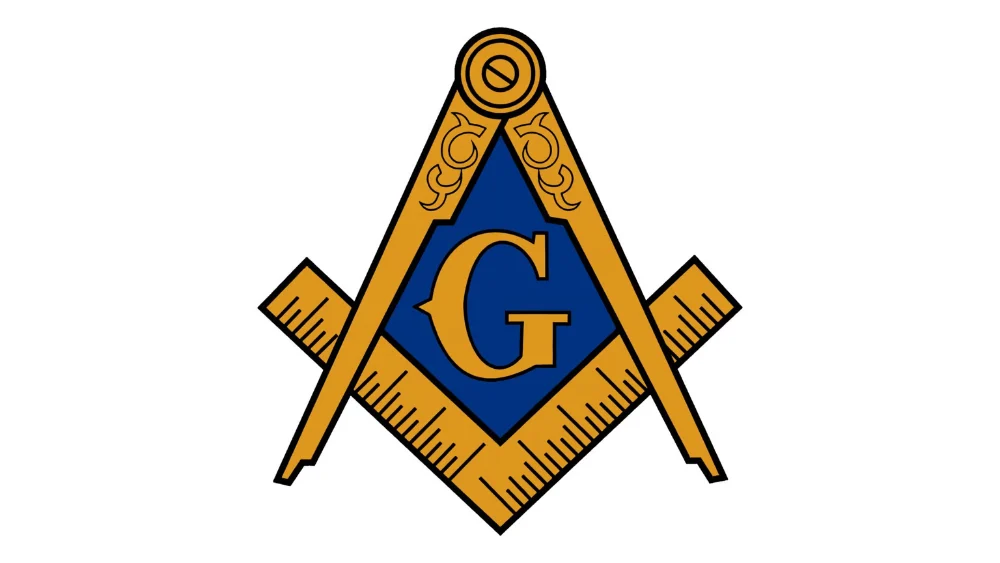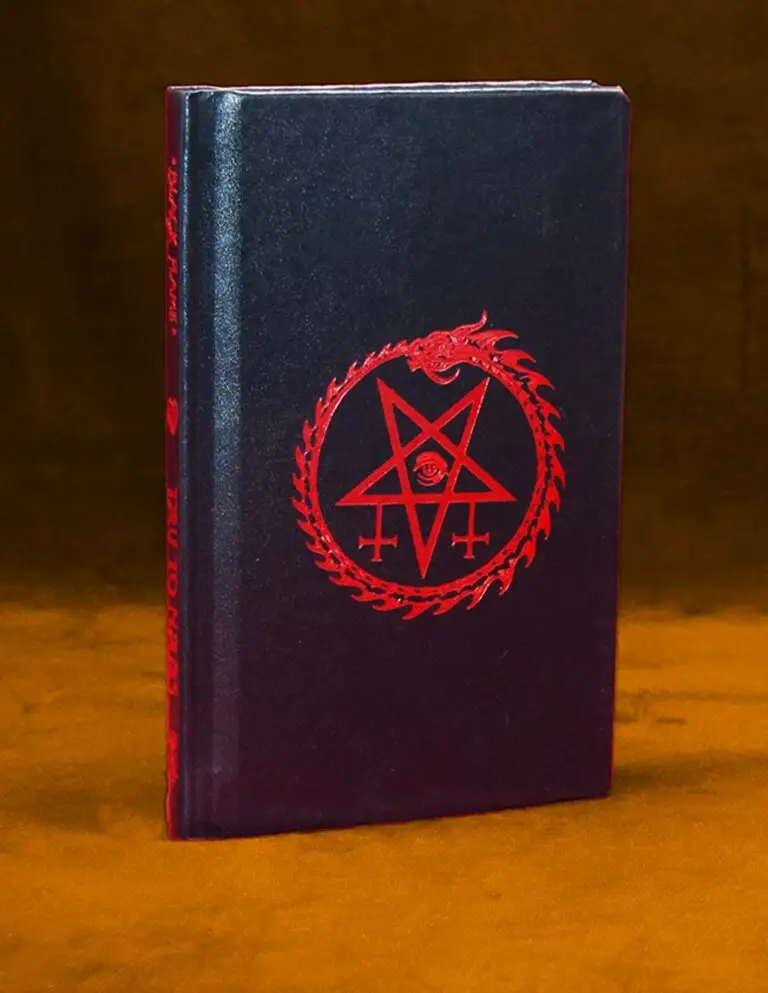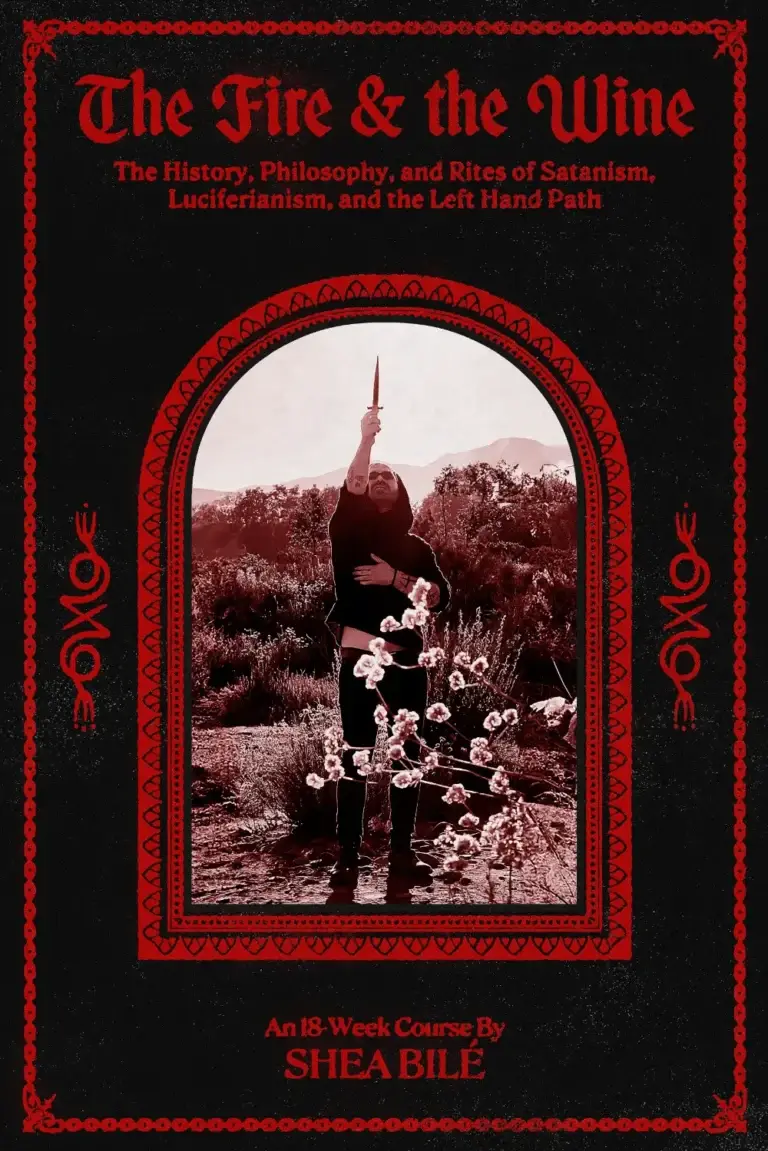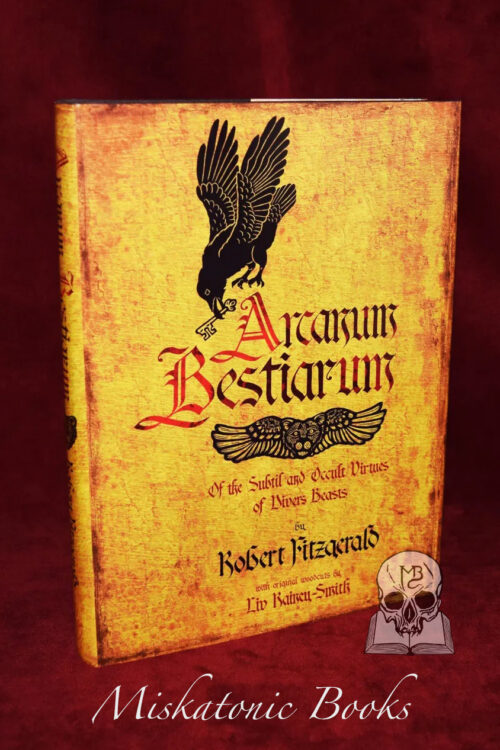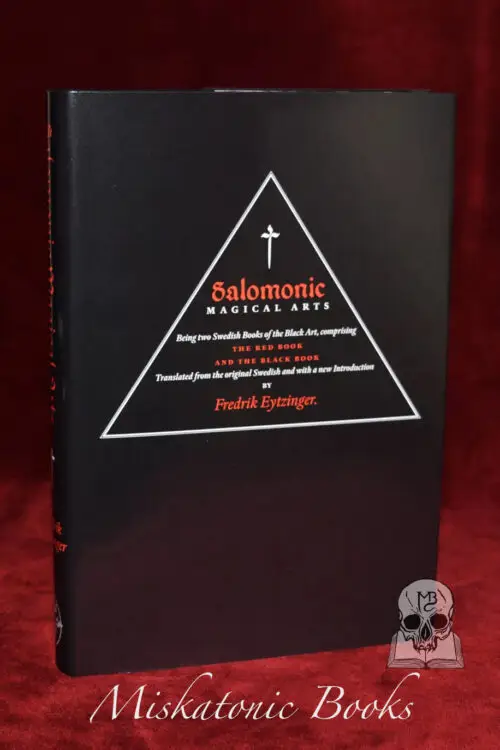Freemasonry is a centuries-old fraternal organization that traces its roots back to the medieval stonemason guilds. Initiation ceremonies play a crucial role in the traditions and rituals of Freemasonry, marking significant milestones in a candidate’s journey within the organization. While specific details may vary among different Masonic jurisdictions, there are generally three main initiation ceremonies: the Entered Apprentice, Fellow Craft, and Master Mason degrees.
- Entered Apprentice Degree: The First Step
The Entered Apprentice degree is the initial stage of initiation into Freemasonry. During this ceremony, candidates undergo symbolic rituals that impart moral and ethical lessons. The initiation often involves the candidate being blindfolded, representing the darkness of ignorance, and being guided through a series of symbolic experiences.
Key elements of the Entered Apprentice degree include the use of Masonic symbols such as the square and compass, which represent virtue and morality. The candidate is also introduced to the concept of the Masonic lodge, a symbolic space where members gather for meetings and rituals. The initiation emphasizes the importance of self-improvement, enlightenment, and the pursuit of knowledge.
- Fellow Craft Degree: Advancing in Knowledge
The Fellow Craft degree is the second step in the Masonic initiation process. It builds upon the lessons learned during the Entered Apprentice degree and delves deeper into the philosophical and intellectual aspects of Freemasonry. Candidates continue to explore symbolism, allegory, and moral teachings, with an emphasis on the pursuit of knowledge and personal development.
During the Fellow Craft initiation, candidates are presented with additional symbols, including the plumb, level, and square, each carrying its own symbolic significance. The degree encourages members to strive for balance, integrity, and ethical conduct in both their personal and Masonic lives. The Fellow Craft degree is often seen as a stage of intellectual and spiritual growth within the Masonic journey.
- Master Mason Degree: Attaining Mastery
The Master Mason degree is the culmination of the Masonic initiation process and represents the highest level of membership within the organization. This ceremony is rich in symbolism and ritual, often involving a profound journey that symbolizes the candidate’s quest for truth, wisdom, and enlightenment.
Key elements of the Master Mason initiation include the portrayal of historical and allegorical events, such as the building of King Solomon’s Temple. The candidate learns about the importance of virtue, fidelity, and the Masonic obligation to support fellow members. The completion of the Master Mason degree signifies a deep understanding of Masonic principles and a commitment to upholding the values of the fraternity.
Freemasonry’s initiation ceremonies serve as transformative experiences, guiding candidates through symbolic rituals that convey moral, ethical, and philosophical teachings. The three main degrees—Entered Apprentice, Fellow Craft, and Master Mason—form a progression that reflects the individual’s journey toward self-improvement, knowledge, and moral enlightenment within the Masonic brotherhood.
Books on Freemasony
-
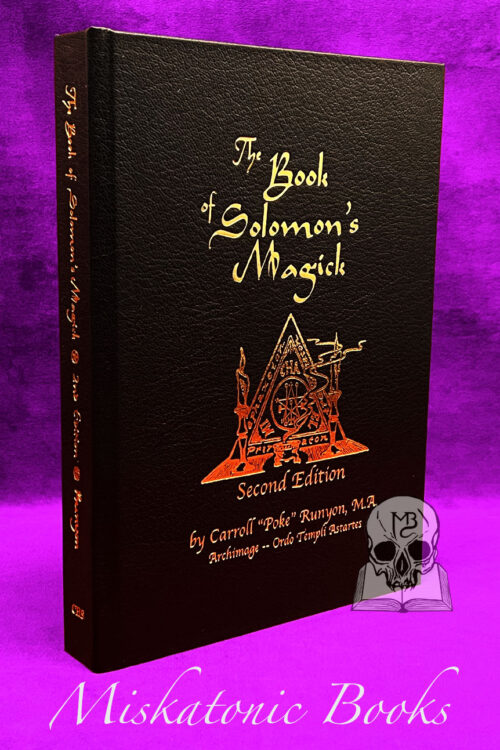 THE BOOK OF SOLOMON’S MAGICK 2nd Edition by Carroll Poke Runyon – Hardcover Edition$89.00 — or
THE BOOK OF SOLOMON’S MAGICK 2nd Edition by Carroll Poke Runyon – Hardcover Edition$89.00 — or$89.00Original price was: $89.00.$22.25Current price is: $22.25. / month for 4 monthsRated 5.00 out of 5 based on 1 customer rating -
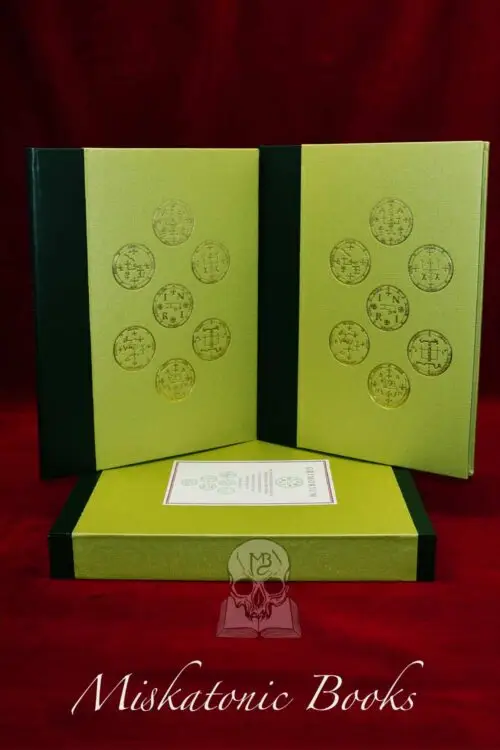 GRIMOIRE OF ARMADEL translated by S.L. MacGregor Mathers 2 volumes – Limited Edition Quarter Bound in Leather in Custom Slipcase$225.00 — or
GRIMOIRE OF ARMADEL translated by S.L. MacGregor Mathers 2 volumes – Limited Edition Quarter Bound in Leather in Custom Slipcase$225.00 — or$225.00Original price was: $225.00.$56.25Current price is: $56.25. / month for 4 months -
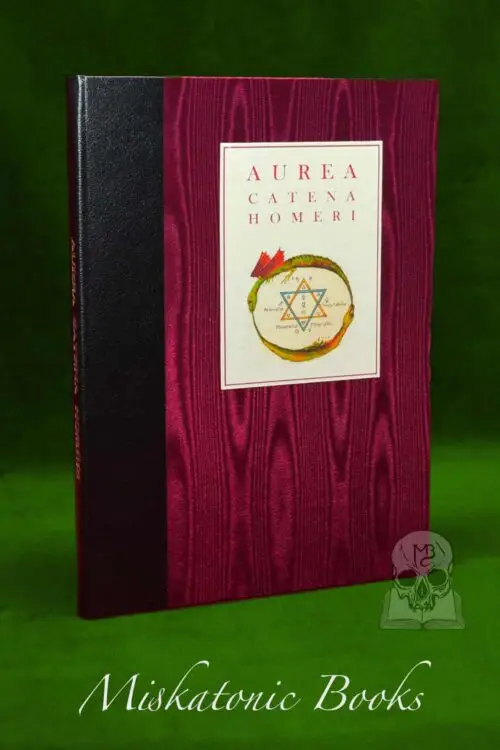 AUREA CATENA HOMERI: The Golden Chain of Homer by Anton Joseph Krchweger (Golden Dawn Manuscript Series) Bound in Quarter Leather and Silk Limited Edition Hardcover$125.00 — or
AUREA CATENA HOMERI: The Golden Chain of Homer by Anton Joseph Krchweger (Golden Dawn Manuscript Series) Bound in Quarter Leather and Silk Limited Edition Hardcover$125.00 — or$125.00Original price was: $125.00.$31.25Current price is: $31.25. / month for 4 months -
 OBEAH: A SORCEROUS OSSUARY by Nicholaj de Mattos Frisvold – Hardcover Edition$29.00 — or
OBEAH: A SORCEROUS OSSUARY by Nicholaj de Mattos Frisvold – Hardcover Edition$29.00 — or$29.00Original price was: $29.00.$7.25Current price is: $7.25. / month for 4 months -
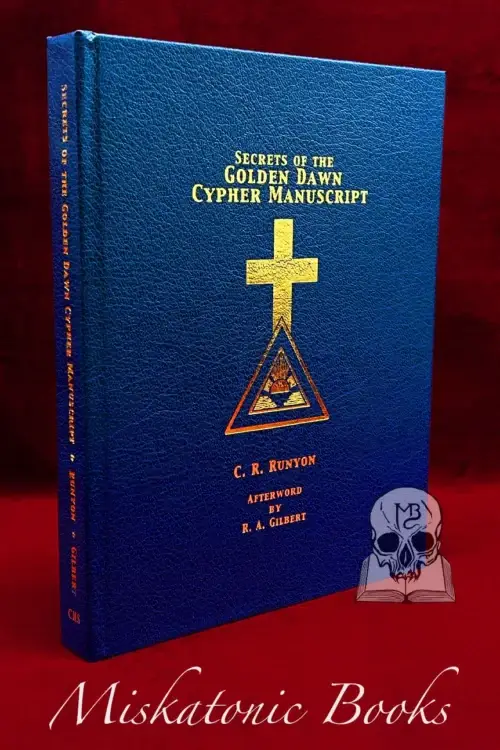 Secrets of the Golden Dawn Cypher Manuscript – Revised Second Edition by Carroll Poke Runyon & Robert A. Gilbert (Hardcover Edition)$85.00 — or
Secrets of the Golden Dawn Cypher Manuscript – Revised Second Edition by Carroll Poke Runyon & Robert A. Gilbert (Hardcover Edition)$85.00 — or$85.00Original price was: $85.00.$21.25Current price is: $21.25. / month for 4 monthsRated 5.00 out of 5 based on 1 customer rating -
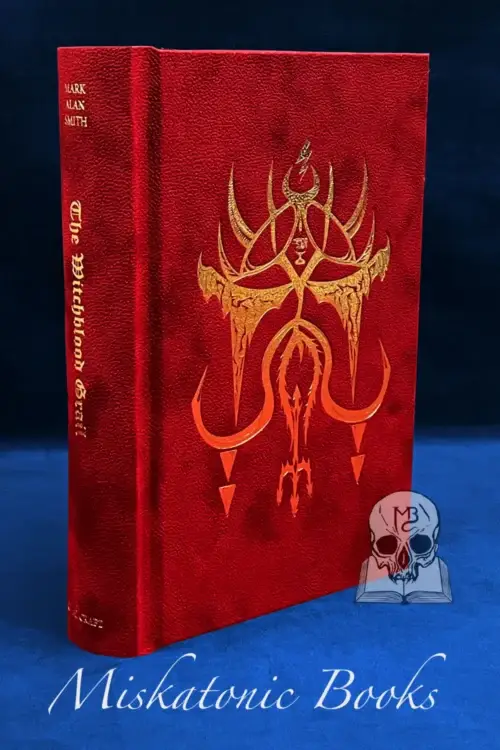 THE WITCHBLOOD GRAIL: The Second Volume in the Trilogy, The Way of Sacrifice by Mark Alan Smith (Signed, Sigilized and Consecrated Limited Edition)$105.00 — or
THE WITCHBLOOD GRAIL: The Second Volume in the Trilogy, The Way of Sacrifice by Mark Alan Smith (Signed, Sigilized and Consecrated Limited Edition)$105.00 — or$105.00Original price was: $105.00.$26.25Current price is: $26.25. / month for 4 monthsRated 5.00 out of 5 based on 4 customer ratings -
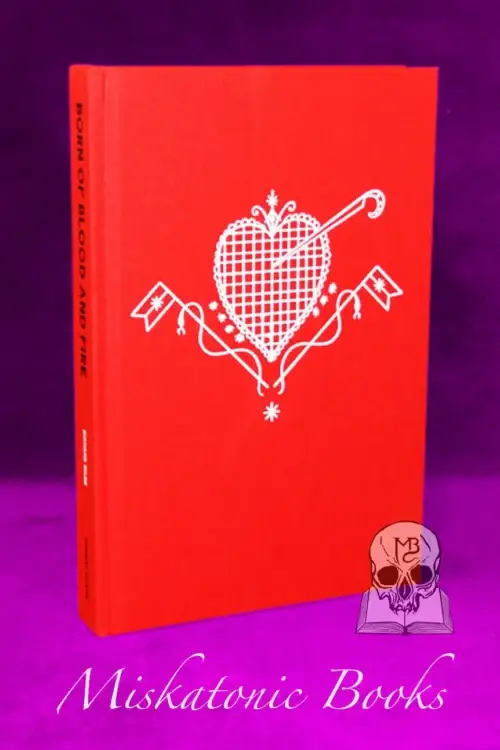 BORN OF BLOOD AND FIRE by Richard Ward – Limited Edition Hardcover$65.00 — or
BORN OF BLOOD AND FIRE by Richard Ward – Limited Edition Hardcover$65.00 — or$65.00Original price was: $65.00.$16.25Current price is: $16.25. / month for 4 monthsRated 5.00 out of 5 based on 2 customer ratings -
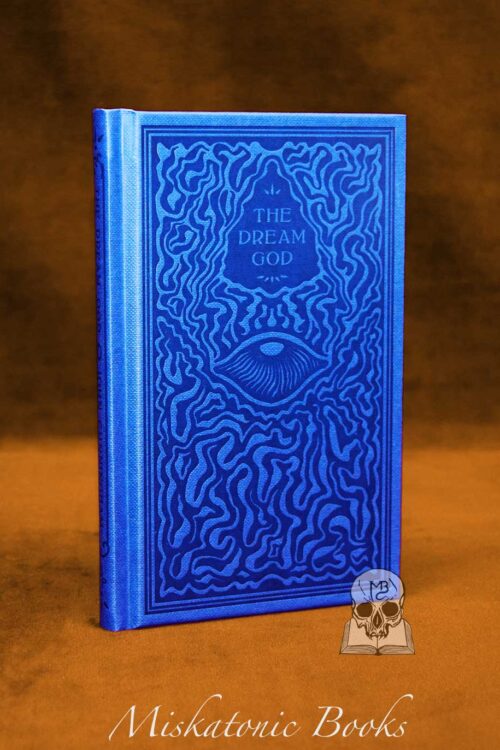 THE DREAM GOD by John Cunningham – Hardcover Edition$40.00 — or
THE DREAM GOD by John Cunningham – Hardcover Edition$40.00 — or$40.00Original price was: $40.00.$10.00Current price is: $10.00. / month for 4 months
